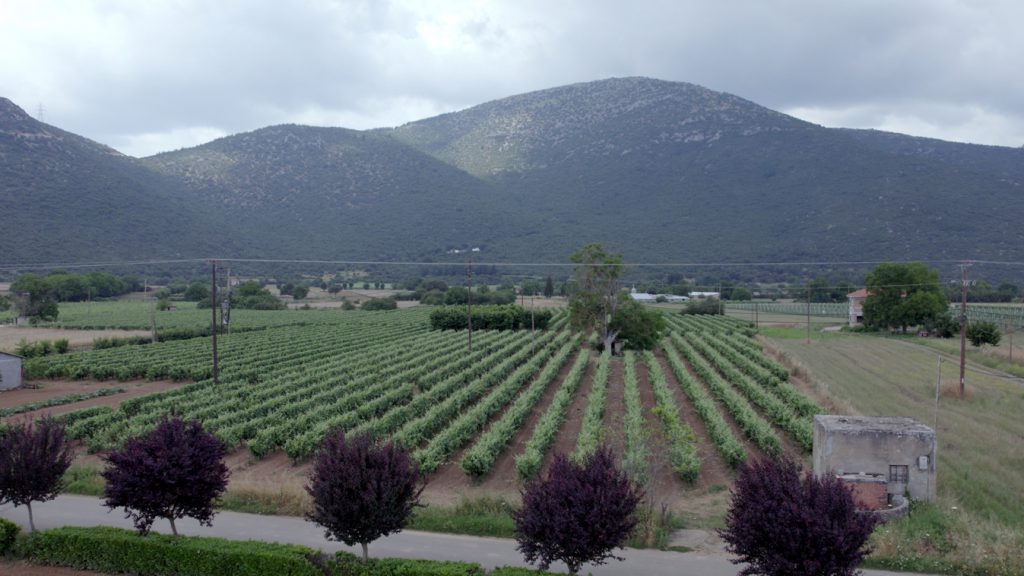
The Peloponnese peninsula occupies the southernmost part of mainland Greece and is the nation’s largest vineyard. The wealth of distinctive native and international grapes, in conjunction with the wide diversity of available terroirs, has given rise to an astonishing range of wines.
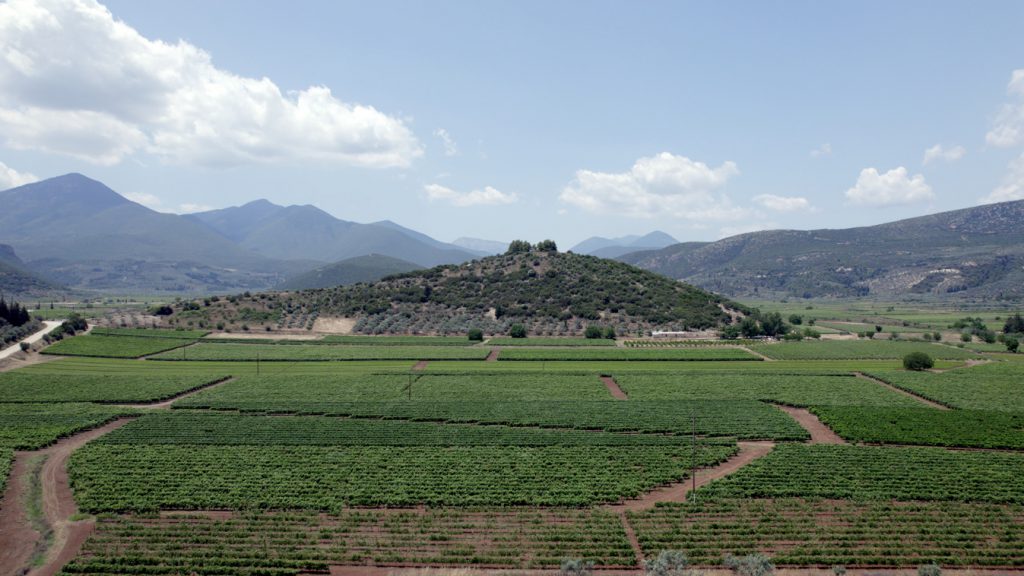
Although the climate of the Peloponnese can be broadly described as Mediterranean, the varied topography generates different weather patterns. Large mountains alternate with coastal areas and breathtaking vineyards can be found at altitudes exceeding 1,000 m above sea-level. All these result in one of the most diverse and complex wine-growing departments of Greece. There are more than 30 indigenous varieties grown in Peloponnese.
The Peloponnese hosts 7 different PDOs, four of which are dedicated to the production of sweet wines. Most of PDO Nemea (ΠΟΠ Νεμέα) lies in Korinthos, while Argolida lays claim to a small part of the appellation. The wines of PDO Nemea (ΠΟΠ Νεμέα) are made of 100% Agiorgitiko grape and the region is reserved for red wine production only (dry or sweet).
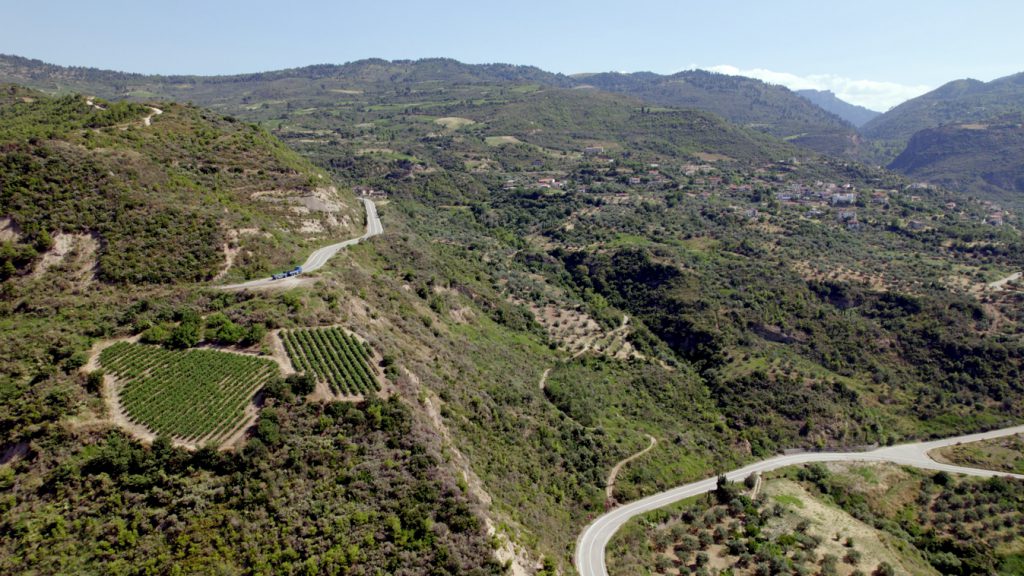
Nemea is the largest vineyard for red wines in Greece. The appellation surrounds a cluster of 17 villages with major differences in altitude, soils and orientation. Styles of PDO Nemea vary from fresh, immediate, fruit-forward expressions, to high-quality, structured, age-worthy “beasts”.
However, a classic expression of PDO Nemea is bursting with captivating ripe red fruit aromas and displays a lovely velvety texture and softness yet lifted by refreshing acidity. Apart from Nemea, the broader PGI Korinthos (ΠΓΕ Κόρινθος) and PGI Argolida (ΠΓΕ Αργολίδα) are two sources of very interesting wines, crafted from varieties such as Syrah, Cabernet Sauvignon (often in blends with Agiorgitiko), Roditis, Moschofilero and Chardonnay. Producers may also opt for the use of the generic PGI Peloponnese (ΠΓΕ Πελοπόννησος) for greater flexibility.
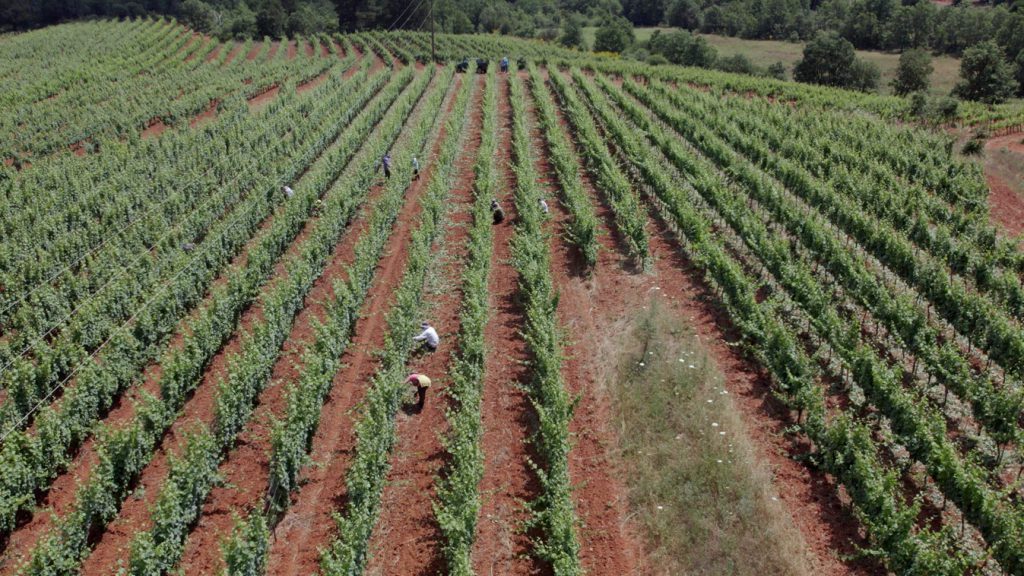
Arkadia prefecture is located in the heart of the Peloponnese and its mountainous terrain results in a cooler climate than in other parts of the peninsula. Here the noble Moschofilero grape reaches its pinnacle in PDO Mantinia (ΠΟΠ Μαντινεία).
The appellation is located in a high-altitude plateau (650 m above sea level) and is among the cooler vine-growing areas of Greece. PDO Mantinia (ΠΟΠ Μαντινεία) wines must be either still or fully-sparkling whites, the latter made either with the traditional or the tank method. Wines display a distinct floral note of roses intermingled with citrus and green fruits, while the palate is full of energy and freshness.
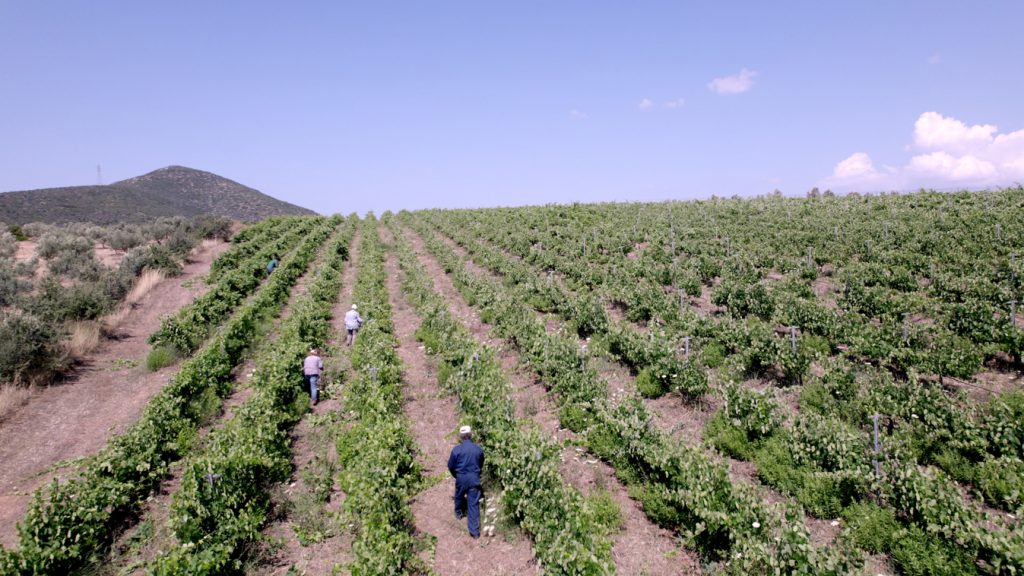
The rosé wines made from Moschofilero have a fresh and lovely floral and red-fruit character and are light and refreshing as well. They cannot be labelled as PDO Mantinia and usually the bear the geographical indication PGI Arkadia or PGI Peloponnese. PGI Tegea (ΠΓΕ Τεγέα) is associated with international grape varieties and red wine production.
Lakonia prefecture is located in the southeastern corner of the Peloponnese and comprises PDO Monemvasia-Malvasia (ΠΟΠ Μονεμβασία -Malvasia), one of the newer Greek appellations. This PDO is historically linked to Malvasia wine, one of the most celebrated wines of the Middle Ages. PDO Monemvasia-Malvasia (ΠΟΠ Μονεμβασία -Malvasia) is a white, sweet-only, appellation made from sun-dried grapes (either fortified or not).
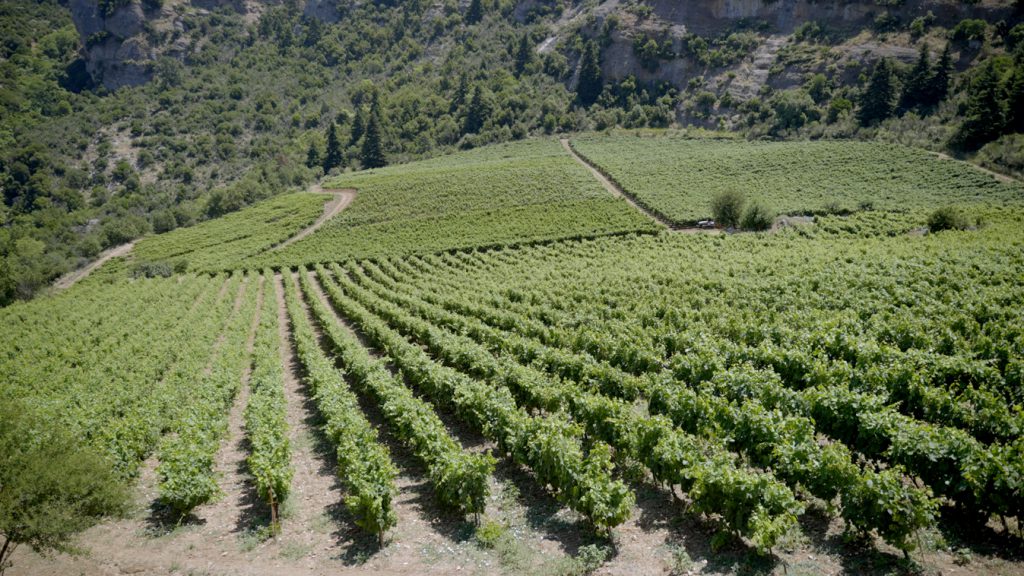
A minimum 2-year ageing is required and the wines are lusciously sweet, complex and beautifully balanced. Many exciting indigenous varieties are labelled under PGI Laconia (ΠΓΕ Λακωνία). Among them Kydonitsa, Monemvasia and Petroulianos look very promising.
Messinia prefecture, in the south-western part of Peloponnese is exposed to the beneficial effects of the Ionian Sea to its west. PGI Trifilia (ΠΓΕ Τριφιλία) is an “amphitheatric balcony” highly reputed for white and red wines made from international grape varieties, primarily Cabernet Sauvignon and Merlot. PGI Messinia (ΠΓΕ Μεσσηνία) also produces a wide range of styles from Greek and international grapes.
Ilia prefecture is located in the northwestern part of the Peloponnese. It is surrounded by the gulf of Kyparissia and the Ionian Sea. Vineyards are found in the lowlands and the semi-mountainous areas of Ilia, up to an altitude of 400 m above sea level. Here, a combination of international and local varieties such as Refosco, Mavrodaphne, Avgoustiatis, Assyrtiko and Roditis. Avgoustiatis crafts elegant red wines with aromatic complexity, refreshing acidity and ripe tannins. Next to the regional PGI Ilia (ΠΓΕ Ηλεία), there are two tiny local PGIs, PGI Letrini (ΠΓΕ Λετρίνοι) and PGI Pisatis (ΠΓΕ Πισάτις).
Achaia prefecture is a varied and important production center and lies in the north-western part of the Peloponnese. A significant part of it is mountainous and the vineyards face towards the north. The region has a large number of short rivers that descend from the mountains to the Korinthian Gulf, often forming picturesque gorges as they cut through the mountains. Elevation is a key element in the astonishing PGI Slopes of Aigialia,(ΠΟΠ Πλαγιές Αιγιαλείας) where some of the highest and most beautiful vineyards of Greece can be found. There are 4 PDO appellations in Achaia; three of them are reserved only for sweet wines.
PDO Mavrodaphni of Patra (ΠΟΠ Μαυροδάφνη Πατρών) is the most celebrated sweet red wine in Greece. The best wines step up in character and quality, displaying intense and complex rancio aromas due to prolonged maturation. The wines are always fortified. Younger versions are fresh and vibrant, balancing sweetness with tannins.
Dry Mavrodaphne wines, with their excellent herbal quality, as well as a number of other indigenous and international grape varieties are usually produced under the PGI Achaia designation. The “twin” appellations PDO Muscat of Patra (ΠΟΠ Μοσχάτος Πατρών) and PDO Muscat of Rio Patra (ΠΟΠ Μοσχάτος Ρίου Πατρών) are dedicated to the production of sweet wines (either fortified or sun-dried) from 100% White Muscat.
The fourth appellation, PDO Patra (ΠΟΠ Πάτρα), is well-known for the pink-skinned Roditis grape. Wines sourced from high-altitude, low-yielding vineyards can be the epitome of a Greek white: layered, lemony, mineral, with great intensity and fantastic purity of fruit.
They are usually unoaked and become even more complex with a few years of bottle age. Producers are experimenting with new wine-making techniques such as maceration on the grape’s skins. The red Black of Kalavrita, the white Lagorthi and the pink-skinned Sideritis are rare noteworthy local varieties. They bear the PGI Achaia or PGI Slopes of Aigialia ,(ΠΟΠ Πλαγιές Αιγιαλείας) designations on the label.
The Wines of Greece sponsored this article, but reviews of Greek wines remain independent.
For more information, visit the Wines of Greece.








